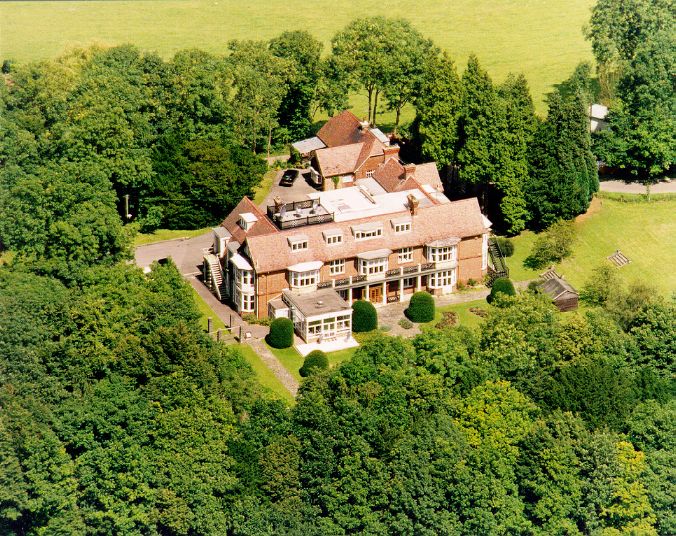A Brief History
Harold W. Smith purchased a plot of land near Stowfield House from the local rector in 1912 and began the construction of a large cable and wire factory, ‘Lydbrook Cable Works.’ The factory was manufacturing field trench telephone cables in 1914 for the war effort. Submarine defence indicator loop cables were manufactured in 1940 and laid in Scapa Flow, The Orkney Islands, Malta and Australia. A sample of the Brisbane submarine detection cable is on display at Stowfield House. Sections of ‘PLUTO’ (”PipeLine Under The Ocean”), which pumped fuel for the D-Day landings, were manufactured in 1944. The Lybrook Cable Works became Associated Electrical Industries (AEI) and then Edison Swan Cables. At its peak in the 1920s it employed over 1200 people. In 1966, when it closed, 650 were on staff.
Stowfield House was built on Tumps Hill in the early 1920s by Harold Smith, as his domestic residence. It went in public ownership as an evacuee home during WWII and became a boys’ home at the end of the war. It was then converted into Stowfield Hospital in 1956 and continued to be used until 1993. Chronos bought the property in 1996 and renamed it Stowfield House. The house, now sympathetically modernised, maintains many of the fabulous original features and provides an excellent working environment for our team, customers and suppliers.

